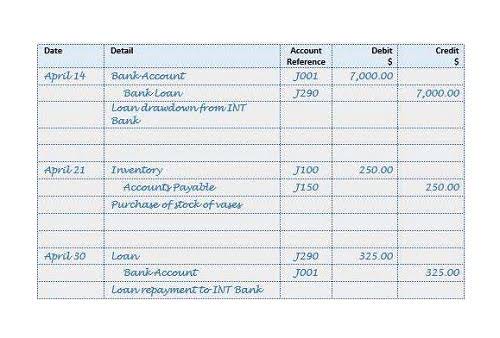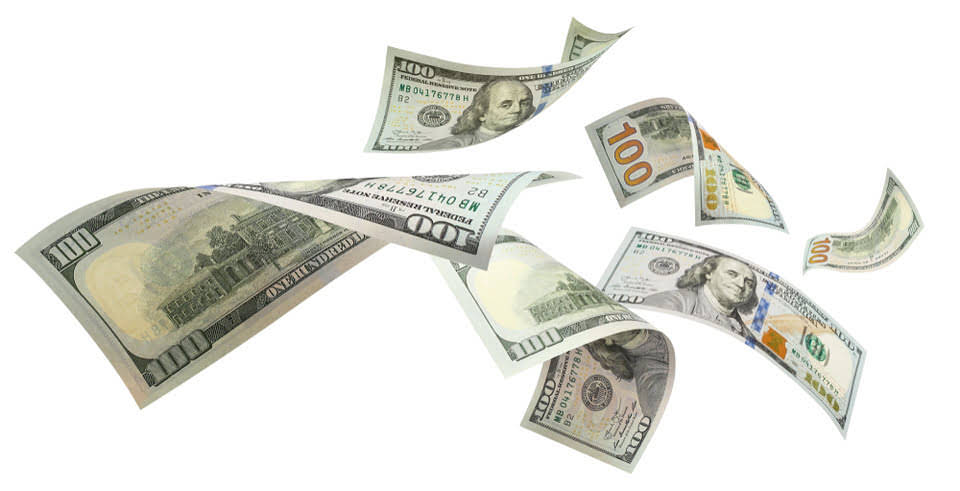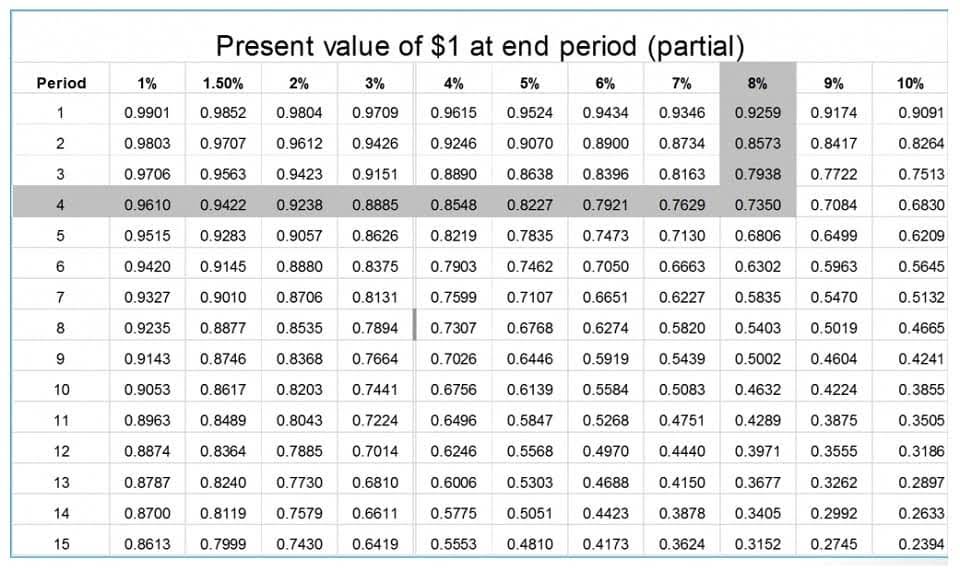
In the shareholders’ equity section, companies report common stock and additional paid-in capital, reflecting the total value of issued shares. However, the balance sheet does not always explicitly state the number of shares outstanding. Instead, it often lists authorized, issued, and sometimes outstanding shares. Calculating the number of shares of common stock outstanding is an essential component in understanding the financial health and how to find number of shares outstanding value of a company. The number of outstanding shares represents the total amount of shares that are held by investors, corporate insiders, and other institutions.
Does Warren Buffett Invest in Nvidia Stock?

When a company buys back its own shares, that stock is accounted for as “treasury stock” on its balance sheet. Treasury stock is no longer outstanding — the company itself now owns it, not an investor or employee, but it has still been issued. With issued and outstanding shares now defined, back to the main question of how to calculate the total number. You may be thinking to yourself – why do I care about learning how to calculate issued and outstanding shares; I know how many shares I own, isn’t that enough? While knowing how many shares you own is helpful, your company’s capitalization table (“cap table”) is critical when raising money and understanding exactly how equity is allocated. A company also often keeps a portion of its total outstanding shares of stock in its treasury from both initial stock issues and stock repurchase.
#1 – Convertible Bonds
- Shares outstanding and treasury shares are two important concepts related to a company’s stock ownership structure.
- The company can increase or decrease the number of shares outstanding by issuing new shares or via share repurchases (buybacks).
- A stock split occurs when a company increases its shares outstanding without changing its market cap or value.
- Outstanding shares refer to the total number of shares of a company’s stock that are currently owned by investors, including institutional investors, insiders, and the general public.
- The significance of floating stock lies in its influence on a company’s liquidity.
- Management shares may be subject to limitations or conditions, such as vesting periods or trading prohibitions.
In conclusion, understanding how to calculate diluted shares outstanding is a crucial aspect of finance and investing. By grasping the concepts of basic and diluted shares outstanding, investors and analysts can make more informed decisions about their investments. Accurate share counting is essential to avoid misrepresentation of a company’s financial health and to ensure that investors are not misled. Shares outstanding significantly influence investor decisions as they determine key financial metrics and potential investment returns. Investors closely monitor earnings per share (EPS), which is calculated using shares outstanding. A high number of shares outstanding can dilute EPS, possibly impacting investor sentiment and stock valuation.
How to Calculate the Number of Shares of Common Stock Outstanding
Stock splits increase the number of outstanding shares of a company by issuing more shares to existing shareholders while maintaining the total value of the shares. The share price decreases proportionally, making it more affordable for individual investors to buy shares. The percentage of ownership for each shareholder remains the same, meaning that the value of each share decreases. Stock splits are a way for companies to increase liquidity and make their shares more accessible to a broader range of investors. The stock is trading at Rs.100 per share, giving the company a market capitalization of Rs.100,000.ABC Corporation launches a share repurchase program to buy back 100 shares HOA Accounting of its stock.
Weighted Average Shares Outstanding Explained in Video
Learn about stocks that could split in 2025 and why a company might decide to do a stock split. If shares have been reserved through your company’s stock incentive plan (“SIP”) or a stock option pool, but not yet allocated to an individual, they are considered reserved shares. Let us understand the different types of outstanding shares equation through the explanation below. Authorized shares, meanwhile, are the maximum number of shares a company can issue, based on its corporate charter. The balance sheet is one of the key documents that investors use to evaluate a company, so it’s important to become familiar with it. A recent example of a reverse stock split is General Electric’s (GE) 1-for-8 reverse stock split during the summer of 2021.
Gathering Share Count Data

In this article, we will provide a comprehensive guide on how to calculate the number of shares of common stock outstanding. The image below shows a section of Apple’s (AAPL 0.35%) balance sheet from 2016 through 2020. The second line from the bottom indicates the number of shares outstanding at the end of each fiscal year, and the bottom line indicates how many new shares were issued by Apple in that year. Total shares outstanding decreased from more than 21 billion in 2016 to less than 17 billion in 2020.

Different share types, such as class B shares, can also influence a company’s strategic decisions and control dynamics. Understanding these shares aids greatly in evaluating a company’s financial health and investment potential. When discussing outstanding shares, it’s important to distinguish between basic and diluted shares outstanding. This figure represents the total number of shares currently held by shareholders, excluding treasury shares. Understanding how to calculate basic shares outstanding is essential for investors and analysts, as it provides a foundation for more advanced calculations, such as how to calculate diluted shares outstanding. By grasping this fundamental https://www.bookstime.com/ concept, stakeholders can better analyze a company’s financial health and make more informed investment decisions.

How to Calculate Shares Outstanding (Step-by-Step)
Outstanding shares play a pivotal role in determining a company’s market capitalization, earnings per share (EPS), and shareholder influence. Investors use this information to gauge the company’s financial health and potential for growth. On the flip side, outstanding shares encompass all issued shares that are currently held by all shareholders, including restricted stocks that are typically not tradeable.
- The primary distinction between issued and outstanding shares is that issued shares comprise both outstanding and treasury shares, whereas outstanding shares solely include shareholder-owned shares.
- Similarly, companies may repurchase their own stock, reducing the outstanding share count.
- In the first 6-month reporting period, the company has 100,000 shares outstanding.
- And if there is no treasury stock, the number of issued shares will be equal to the number of common stock outstanding.
Step 3
As you can see there is a heavy focus on financial modeling, finance, Excel, business valuation, budgeting/forecasting, PowerPoint presentations, accounting and business strategy. If you’re going to become an investor, there are a few things you should know — like these formulas. Get instant access to video lessons taught by experienced investment bankers. Learn financial statement modeling, DCF, M&A, LBO, Comps and Excel shortcuts.
